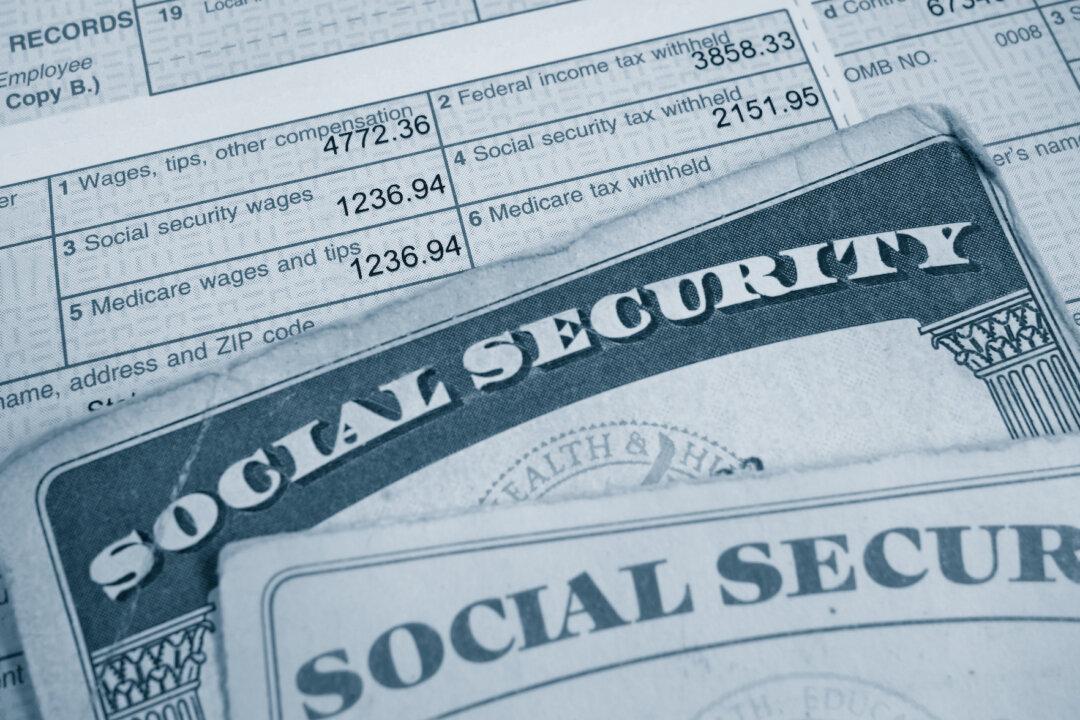Poor Lyndon Baines Johnson. When it comes to Social Security, he gets blamed for something he never did. Our 36th president is often accused of being the first chief executive to tamper with Social Security financing. Well, he did tamper with it. But not in the way conventional wisdom would have you believe.
I was reminded of this when I got reactions from people to some recent columns I wrote about the repeal of certain laws that effect the Social Security benefits paid to government employees. I thought the repeal was unwise and would drain Social Security funds.
Dozens of you wrote and told me some version of this sentiment that came from a reader in California: “Social Security wouldn’t need any changes if Congress would just pay back the money that President Johnson stole from the Social Security system back in the ’60s.”
Here is another version of the story as relayed by a Texas reader: “We all know that LBJ cooked the books when it came to the Social Security trust funds. And politicians have been stealing money ever since. Get that money back and Social Security will be flush with cash!”
Unfortunately, for decades now, misinformed critics have charged that President Lyndon B. Johnson moved Social Security money from its own separate ledgers to the government’s general funds in order to spend it. That’s not quite right. Here is what really happened.
We all know that the Vietnam War, which LBJ inherited from his predecessor, President John F. Kennedy, was rapidly turning into a huge albatross around Johnson’s neck. And it wasn’t just the loss of thousands of young men’s lives that was bothering him. It was also the staggering cost of paying for the increasingly unpopular war in Southeast Asia. He was looking for a way to hide some of those costs, not just from Congress, but from the American people. The government’s general coffers were essentially empty. But he noticed that there was an entirely separate government fund that was flush with cash: the Social Security trust fund.
What most people mistakenly think LBJ did was simply tap into those funds and “steal” Social Security money to help pay for the Vietnam War. But that is not what he did.
What he did do was simply change an internal government bookkeeping practice. Up until then, Social Security’s income and expenditures had always been kept on a completely separate set of government books. Johnson merely added Social Security’s accounts to the general government budget. But this is the important (and almost always overlooked) point: He did not change in any way the method used to invest and spend Social Security money.
In other words, Social Security funds were not touched. By pulling off this bookkeeping maneuver—adding the Social Security funds to the government’s overall ledgers—LBJ was able to disguise the growing deficit caused primarily by all the spending for the Vietnam War.
Maybe this analogy will help you understand what happened. Fred and Ethel are married. They both work. And they keep separate bank accounts to manage their finances. Fred spends money like there is no tomorrow. His bank balance is always near zero. Ethel saves a lot of her income, so she has a substantial account balance. Fred talks Ethel into combining their assets. Neither person changes their habits. Fred keeps spending just his money and Ethel saves most of hers. But suddenly Fred looks like he has more money than he really does because, on paper at least, his bankrupt account has been combined with Ethel’s flush ledgers.
Fred is like Johnson and the overall government budget. Ethel is Social Security. Fred really hasn’t done anything wrong. He hasn’t taken any of Ethel’s money. He’s simply using her money to make his bottom line look better.
Like Fred, Johnson moved the balance sheets for Social Security money into the overall government budget for one sneaky reason: to mask his (and Congress’s) risky spending habits. All the Social Security income made the actual government deficit appear smaller.
This accounting procedure is known as the “unified budget.” Despite its shifty intentions, you could make the argument that the procedure is entirely justified. After all, Social Security money is government money, and it makes sense to add it in with all other government funds.
Still, after the American people figured out what was going on, these bookkeeping shenanigans left a bad taste in their mouths and in Congress’s mouth. That’s why back in the 1990s, Congress changed the law to remove Social Security funds from the overall federal budget. So, Social Security went back to its original “off-budget” status. But that doesn’t stop politicians and pundits from including Social Security funds when discussing the overall federal budget. And because for several years now, the Social Security system has been running a deficit, if someone wants to make the federal budget look even worse than it really is, all they'd have to do is add Social Security funds to the picture.
Having said all that, I cannot stress enough that this game-playing with the government books has absolutely nothing to do with how Social Security tax money is spent on Social Security benefits and invested in government bonds. If you would like to read a more thorough account of Social Security financing, including a discussion of its investment practices, spend 15 bucks at Amazon.com and get my bestselling guidebook called “Social Security—Simple and Smart.” An entire chapter in the book is devoted to the topic.
Here’s the bottom line: Neither Johnson nor any other president nor any member of Congress has ever stolen a nickel of Social Security money. But they sure have played around with its accounting ledgers!








